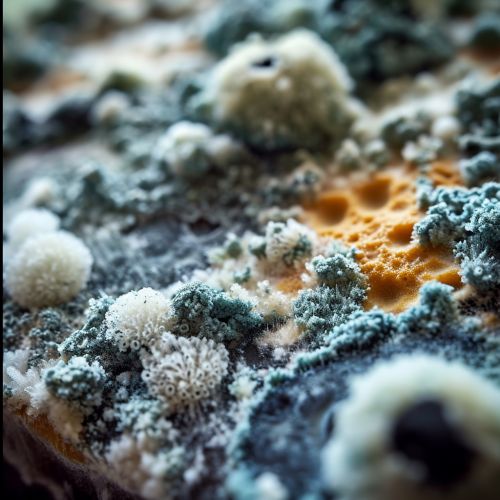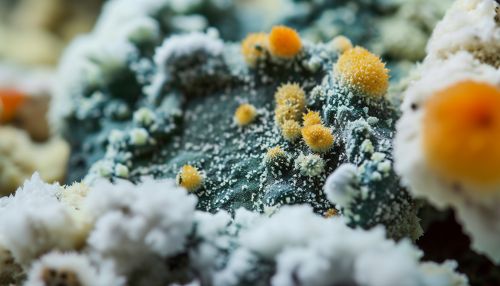Mycotoxicosis
Introduction
Mycotoxicosis refers to the toxic condition that results from consuming mycotoxins, which are secondary metabolites produced by fungi. These toxins can contaminate a variety of foods and feeds, posing a significant risk to human and animal health. The severity of mycotoxicosis can range from acute poisoning to long-term effects such as immune deficiency and cancer.
Mycotoxins
Mycotoxins are chemically diverse, with over 400 different types identified to date. They are produced by various species of fungi, including those belonging to the genera Aspergillus, Penicillium, and Fusarium. The production of mycotoxins is influenced by environmental conditions such as temperature, humidity, and substrate availability.


Exposure to Mycotoxins
Humans and animals can be exposed to mycotoxins through ingestion, inhalation, and skin contact. The primary route of exposure is through the consumption of contaminated food and feed. Mycotoxins can contaminate a wide range of agricultural products, including cereals, nuts, spices, dried fruits, apple juice, and wine.
Symptoms of Mycotoxicosis
The symptoms of mycotoxicosis depend on the type of mycotoxin, the amount and duration of exposure, and the individual's age, health, and diet. Symptoms can range from acute effects such as nausea, vomiting, and abdominal pain to chronic effects such as weight loss, immune suppression, and organ damage. In severe cases, mycotoxicosis can lead to death.
Diagnosis and Treatment
Diagnosis of mycotoxicosis can be challenging due to the nonspecific nature of the symptoms and the difficulty in identifying the source of exposure. Laboratory tests can detect mycotoxins in food, feed, and biological samples, but these tests are not routinely performed. Treatment of mycotoxicosis primarily involves removing the source of exposure and providing supportive care.
Prevention and Control
Prevention and control of mycotoxicosis involve measures to reduce mycotoxin contamination in food and feed. These measures include good agricultural practices, proper storage conditions, and the use of mycotoxin binders and detoxifiers. Regulatory limits have been established for certain mycotoxins in food and feed to protect human and animal health.
